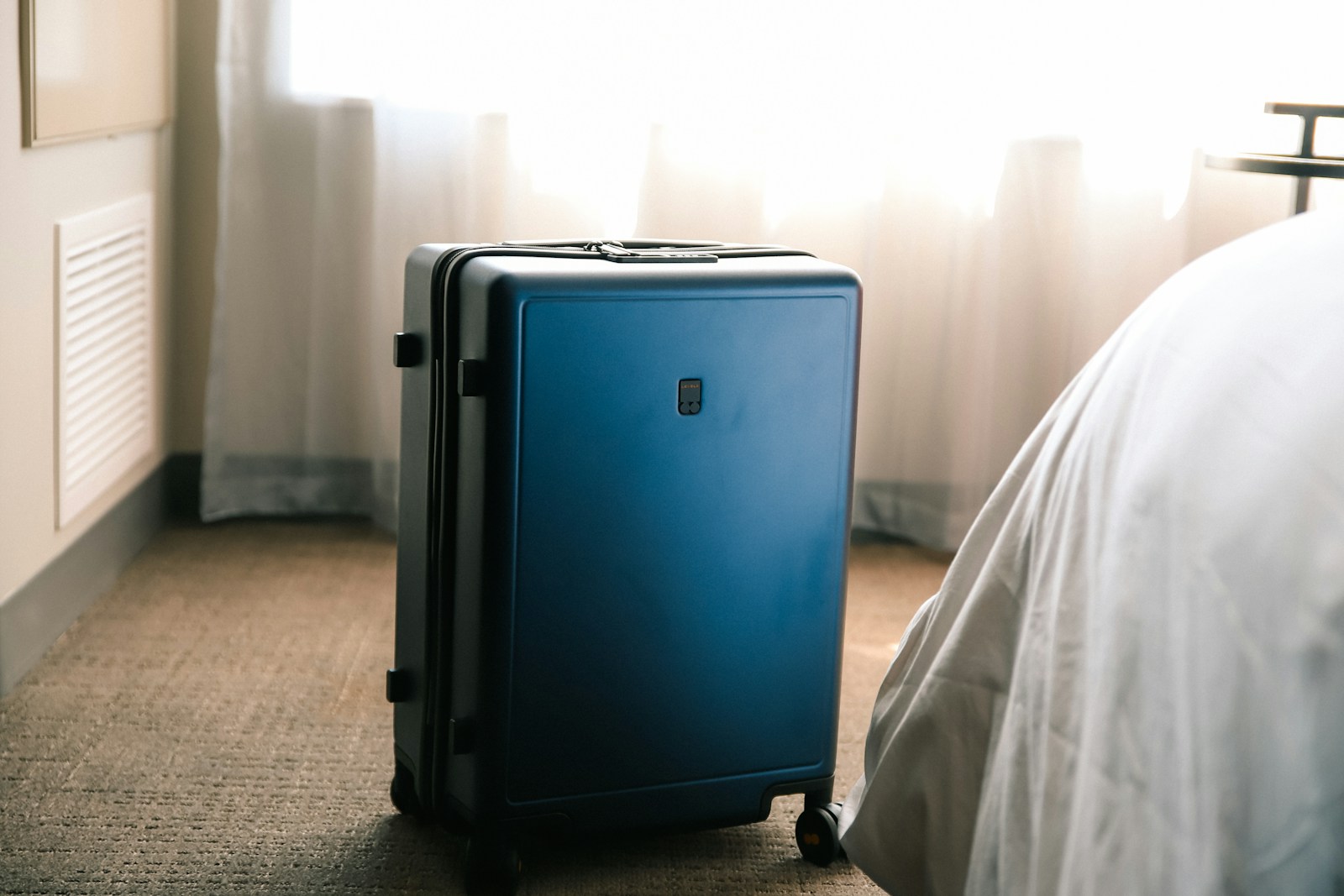
maleta

suitcase
The term 'maleta' means 'suitcase' in English. People use it when they need a storage medium to carry their clothes and other belongings while traveling.
Example sentences using: maleta
Tengo una maleta grande.

I have a big suitcase.
This is a basic declarative sentence stating ownership of a big suitcase. It demonstrates how to indicate possession and describe objects in Spanish.
Hice mi maleta para el viaje.

I packed my suitcase for the trip.
This sentence shows how to express past actions in Spanish and is useful for talking about travel preparations.
¿Dónde está mi maleta?

Where is my suitcase?
This important question phrase demonstrates how to inquire about the location of objects. This is very useful for travel and daily life situations.
La maleta es pesada.

The suitcase is heavy.
This sentence demonstrates how to describe the characteristics of an object in Spanish. It uses the verb 'es' from the verb 'ser', which is used for essential qualities.
Mi maleta está llena.

My suitcase is full.
This simple sentence introduces the concept of condition and uses the verb 'está' from 'estar' which indicates temporary states.
Voy a abrir la maleta.

I'm going to open the suitcase.
This example demonstrates the structure used to express an intention to perform an action in the near future in Spanish, 'voy a' + verb.
No puedo cerrar la maleta.

I can't close the suitcase.
This sentence introduces the verb 'poder' expressing ability. It's very useful for expressing trouble or difficulty in doing something.
La maleta está debajo de la cama.

The suitcase is under the bed.
This sentence demonstrates how to explain the location of an object in relation to another object, by using the preposition 'debajo de'.
Esta no es mi maleta.

This is not my suitcase.
This sentence demonstrates how to negate statements in Spanish. The word 'no' is placed before the verb to negate it.
Pusiste tu ropa en la maleta.

You put your clothes in the suitcase.
In this context, 'pusiste' is the second person preterit (simple past tense) indicative of 'poner'. It demonstrates how to describe past actions performed by another person.